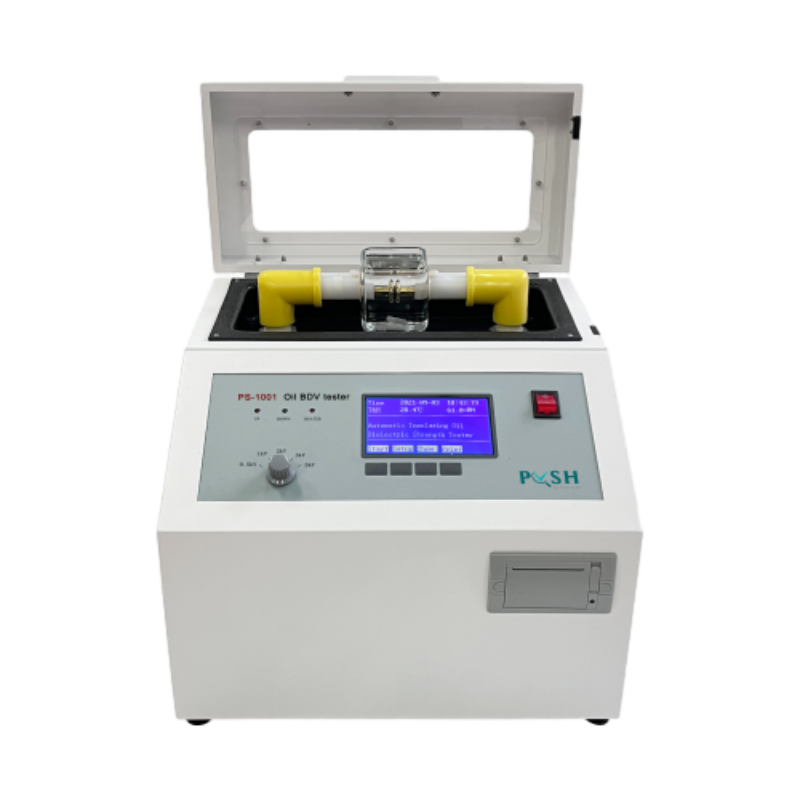 English
English


Gas Chromatography with Flame Ionization Detection Technique for Analyzing Chemical Compounds
Gas Chromatography Flame Ionization Detection Method
Gas chromatography (GC) is a widely used analytical technique for separating and analyzing compounds that can be vaporized without decomposition. Among the various detection methods available, Flame Ionization Detection (FID) is one of the most common due to its high sensitivity, ease of use, and capability to detect a wide range of organic compounds.
In the GC-FID setup, the sample is first vaporized in an injection port and carried by an inert gas, usually helium or nitrogen, through a column where separation occurs based on the compounds' volatilities and affinities for the stationary phase
. As the separated compounds exit the column, they enter the flame ionization detector.The FID operates by creating a flame, typically using hydrogen as the fuel and air as the oxidizer. When organic compounds from the GC elute into the flame, they undergo combustion, producing ions and free electrons. The presence of these charged particles generates a current, which is directly proportional to the amount of combustible material in the sample. This current is measured, and the resulting signal is processed to produce a chromatogram.
One of the main advantages of FID is its high sensitivity, capable of detecting concentrations in the parts per billion (ppb) range for many organic compounds. Additionally, it offers a linear response over several orders of magnitude, making it suitable for quantifying compounds across a broad concentration range. The FID is also known for its robustness and stability, which are crucial for routine analyses.
gas chromatography flame ionization detection method

However, it’s important to note that the FID does have limitations. It is less sensitive to compounds that do not combust easily, such as non-hydrocarbons and inorganic species. Moreover, FID provides no structural information about the compounds, meaning that additional methods, such as mass spectrometry, may need to be employed for compound identification.
In practical applications, the GC-FID method is extensively used in various fields including environmental monitoring for pollutants, food and beverage testing for flavor compounds, and petrochemical analysis for hydrocarbon profiling. The technique's reliability and efficiency in separating complex mixtures make it an invaluable tool in analytical laboratories.
To optimize results, several factors must be considered during the gas chromatography process. These include the choice of column type, temperature programming, flow rates, and injector port temperatures, which can all influence the separation efficiency and sensitivity of the FID. Proper calibration with standards is also essential to ensure accurate quantitative results.
In conclusion, Gas Chromatography with Flame Ionization Detection is a powerful analytical tool widely utilized for its sensitivity and capability in detecting organic compounds. Despite its limitations, when combined with proper methodologies and instrumentation, GC-FID continues to play a crucial role in scientific research and industrial applications, contributing significantly to fields such as environmental science, food safety, and chemical manufacturing.
-
Differences between open cup flash point tester and closed cup flash point testerNewsOct.31,2024
-
The Reliable Load Tap ChangerNewsOct.23,2024
-
The Essential Guide to Hipot TestersNewsOct.23,2024
-
The Digital Insulation TesterNewsOct.23,2024
-
The Best Earth Loop Impedance Tester for SaleNewsOct.23,2024
-
Tan Delta Tester--The Essential Tool for Electrical Insulation TestingNewsOct.23,2024





